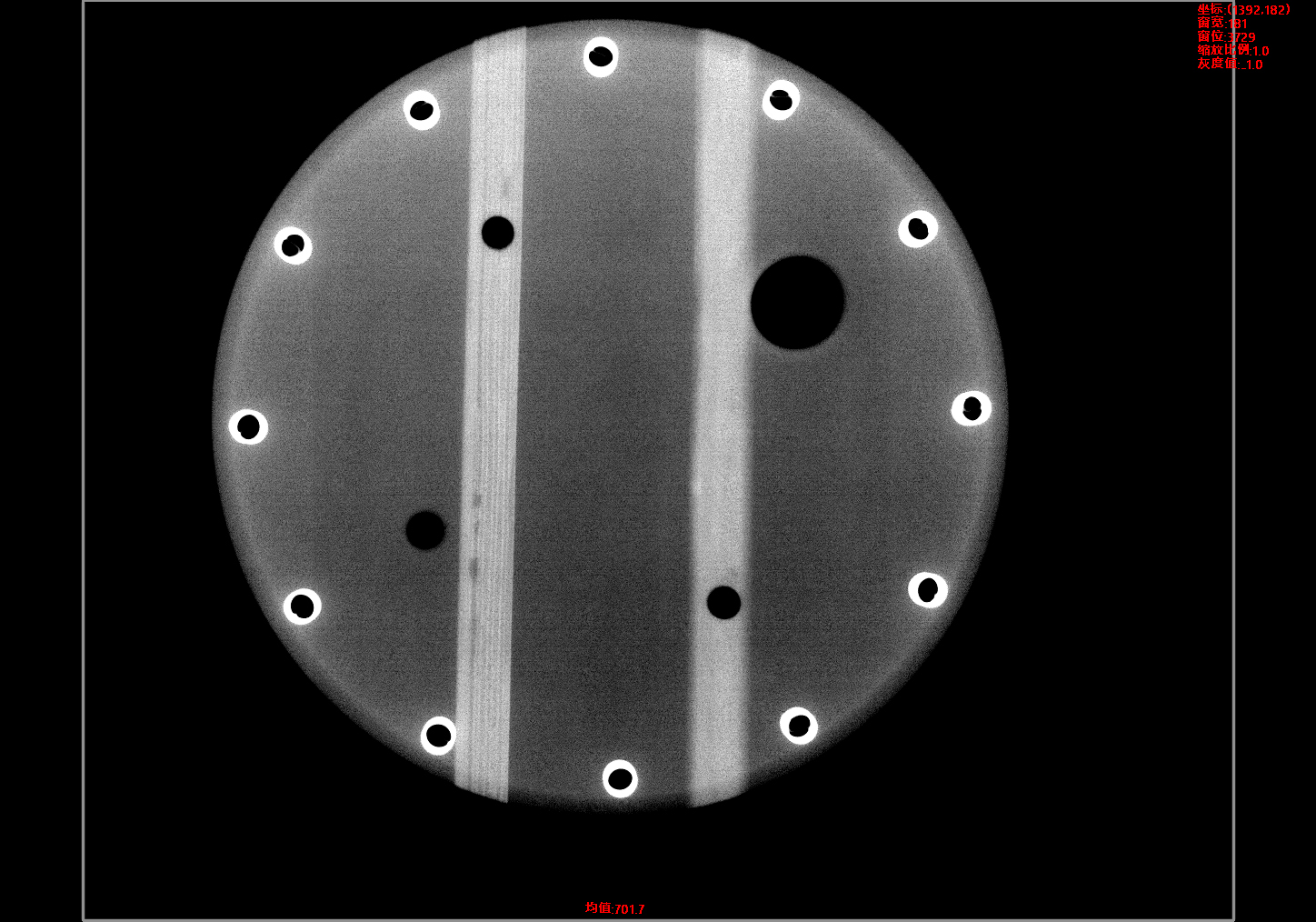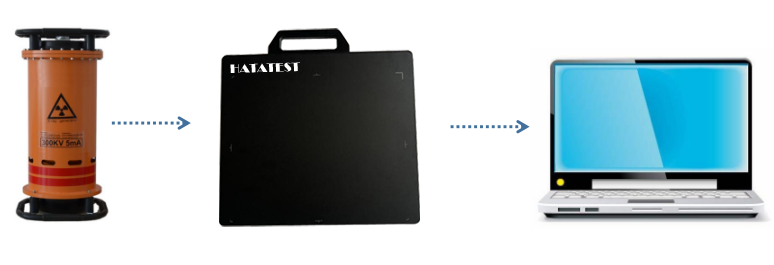
Non-destructive testing of special equipment - Evaluation of radiographic film of class II personnel
Radiograph evaluation
1. Basic requirements for film review
Whether the defect can be detected by radiography depends on several links
First, the defect must be left on the film with a sufficiently identifiable image. This involves problems with the quality of photography.
Secondly, the image on the film should be fully displayed under appropriate conditions to facilitate the observation and identification of the filmmakers, which is related to the viewing equipment and environmental conditions.
Third, the reviewers should be able to make a correct analysis and judgment of the observed images, depending on the knowledge, experience, technical level and responsibility of the reviewers.
2. Negative film quality requirements
Image quality index (sensitivity)
The image quality index of the minimum wire diameter shown on the film should satisfy the image quality index specified by the thickness of the transillumination. The observation of the image quality index was carried out by means of a black cardboard or a black plastic plate engraved with a 10*10 small window. Place the small window on the film weld under the viewing light with the end of the end of the image meter, and slowly move the small window on the weld to the middle of the film. Pay attention to the small window, first find the connection window. The wire image on the top and bottom edges is the image of the displayed image quality index.
Blackness
According to JB4730--94 and GB3323--87 standards, the X-ray film blackness should be controlled at 1.2--3.5, the R-ray film blackness should be controlled at 1.8--3.5, and the blackness should be measured with a blackness meter.
The lower limit is the measurement of no defects on the weld on the inner side of the overlap mark at both ends of the film. The number of points measured is not limited, but the average value cannot be taken. The measured value of each point should not be less than the lower limit. The upper limit is measured on the base material near the weld in the middle of the film irradiated by the main beam, and the measured value of each point should not be higher than the upper limit.
3. Impact identification requirements
The image quality meter, positioning mark, identification mark and other symbols displayed on the film must be in the correct position and the quantity is sufficient, and the image of the weld to be inspected is not covered and 5mmm away from the weld.
4. Unallowed false defects
There should be no false defects in the evaluation area of the film that interfere with the evaluation of the film. Such as: fog, water marks, chemical stains, dark room treatment stripes, scratches, fingerprints, static traces, black spots, tears and false impressions caused by poor screen.
5. "B" typeface display The "B" typeface is actually placed behind the translucent cassette. The negative image does not show the "B" or the darker "B". It does not affect the quality of the negative. If the lighter "B" is displayed, the backscattering line is not adequately protected. The film should be re-photographed.
-
 Sales@hata-ndt.com
Sales@hata-ndt.com -
 +86 371 63217179
+86 371 63217179










